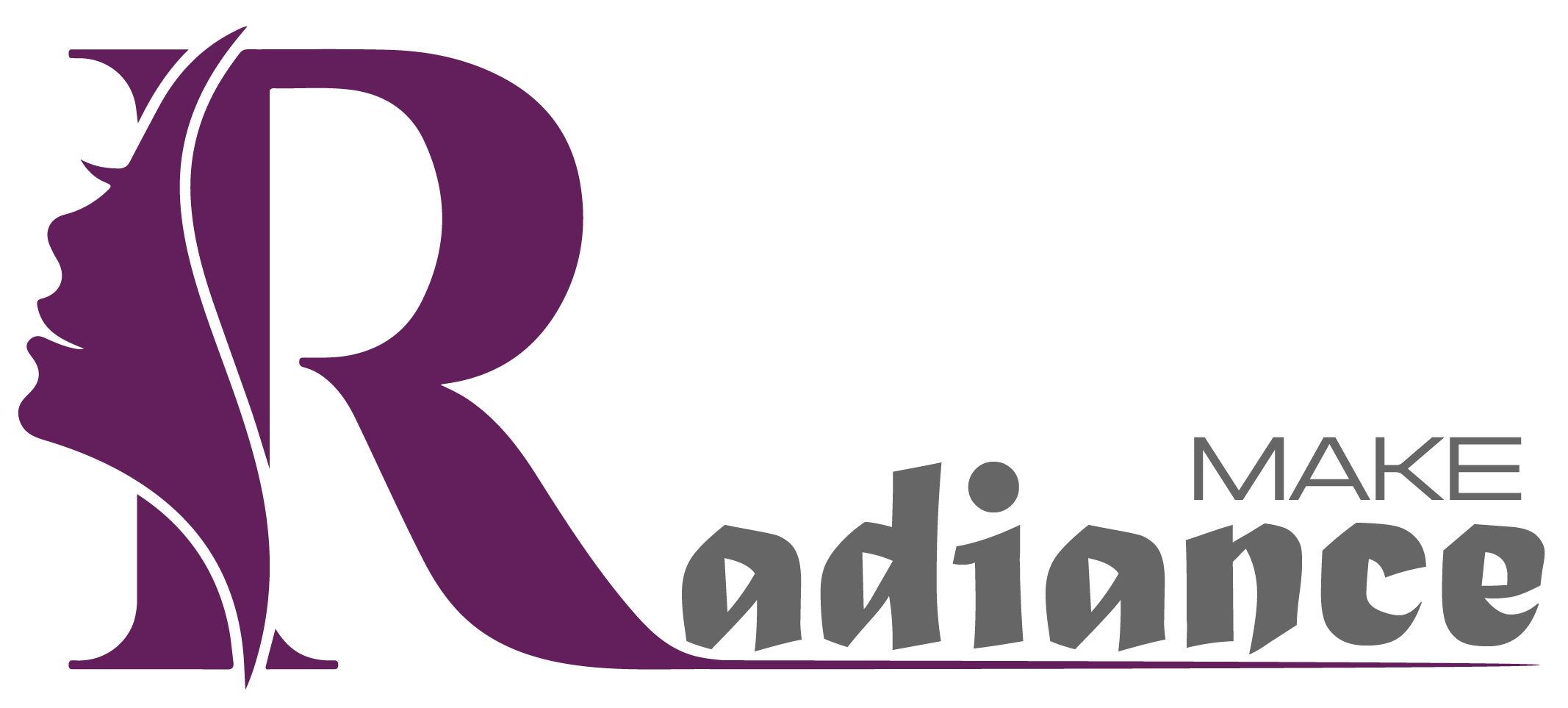Simple Mehndi Designs For Kids Back Hand
Simple Mehndi Designs For Kids Back Hand – When you think about Mehndi, the intricate designs and cultural richness that come with it often bring to mind elaborate patterns, grand celebrations, and deep symbolism. However, for children, especially in the vibrant cultural landscapes of places like India and Africa, Mehndi takes on a diverse yet equally powerful role. It becomes a bridge – not only to tradition but also to stories, imagination, and creativity. The simple Mehndi designs for kids, especially on the back of their hands, connect them to the past while sparking a sense of wonder in the present.
In many cultures, the art of Mehndi has been passed down from generation to generation. While adults may wear complex designs, kids are often given simpler, playful patterns, yet the significance remains. These designs become more than just decoration; they are part of the folklore, stories, and traditions shared within families. Each swirl, flower, or geometric pattern drawn on a child’s hand often carries a story, sometimes about ancient heroes, other times about nature’s wonders, or moral lessons from cultural tales.
Playful Yet Meaningful Designs
The Mehndi designs for kids on the back of the hand remain usually created, but that doesn’t mean they lack depth or significance. Many designs carry hidden meanings, reflecting the values and stories families want to pass on to their children.
Take the sun symbol, for example. It’s a common design for kids, often placed at the center of the hand. For some, it’s simply a fun and recognizable shape, but the sun represents life, vitality, and new beginnings in many cultures.
Another popular motif for kids is the peacock feather, symbolizing beauty, protection, and divine grace. These symbols, while simple in form, carry deep meanings that children can understand and appreciate as they grow.
These Mehndi sessions are even more special because they are often accompanied by laughter and curiosity. Kids love asking questions, and as their hands are gently adorned with Mehndi, they become eager to know what each symbol means.
It’s a teaching moment wrapped in the joy of art. Elders can explain the cultural significance behind the designs, offering stories that make the experience all the more memorable.
I’ve observed that, in many families, applying Mehndi to children’s hands is a bonding time. Mothers, grandmothers, and aunts gather to decorate the little ones, often creating a nurturing and loving atmosphere. Though fleeting, this moment leaves a lasting impression on the children, tying them to their roots, family, and cultural identity in a very tangible way.
Images of Simple Mehndi Designs For Kids Back Hand

Conclusion
Mehndi designs for kids on the backhand offer more than just a visual treat. They are a gateway to understanding and appreciating the cultural roots that bind us. Through these simple, playful patterns, children connect with their heritage, learn about the values and stories of their ancestors, and carry forward traditions that have stood the test of time.
As they grow older, these experiences with Mehndi will serve as a reminder of the love and knowledge passed down through generations. From the first swirl of henna on their tiny hands to the more elaborate designs they’ll wear as adults, Mehndi is a beautiful way to honor the past while celebrating the future.







